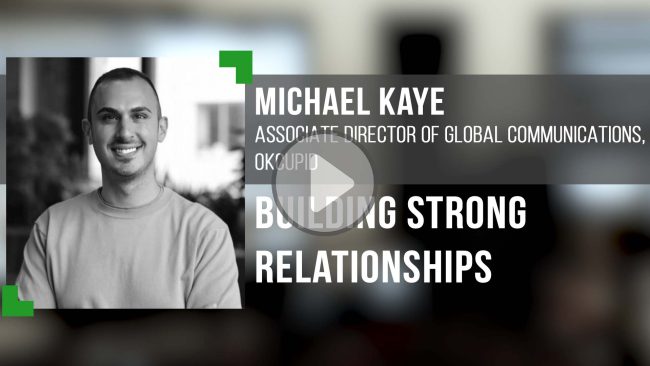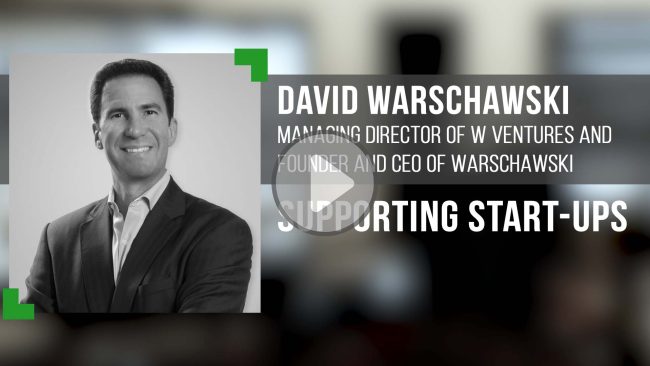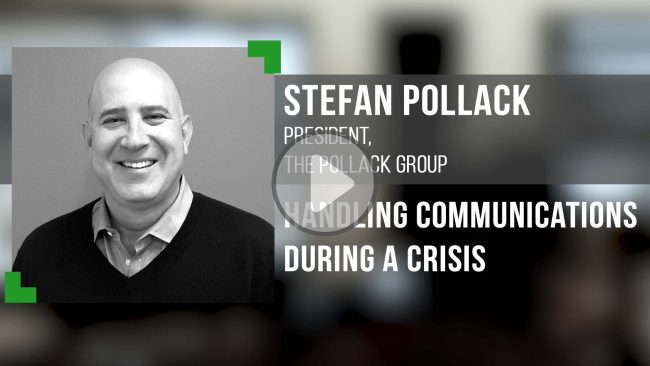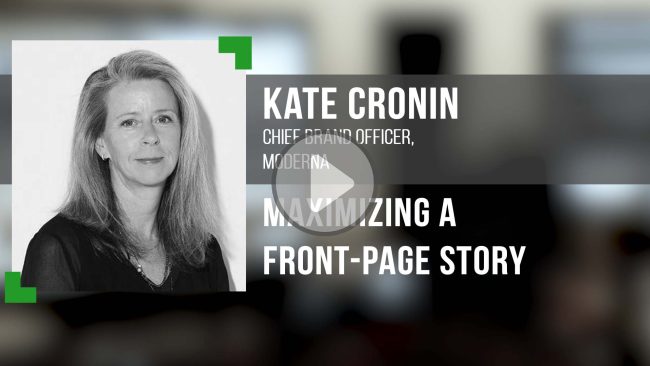PR’s Top Pros Talk: Michael Kaye
How can communicators build strong relationships? Michael Kaye, Associate Director of Global Communications at OkCupid, discusses the value of introducing yourself with your pronouns and how to empower your most authentic and confident self. Michael also highlights how OkCupid has led the charge for expanded inclusion for LGBTQ+ daters, and how other companies have followed suit. Michael includes advice to viewers on how to utilize all of their platforms to boost and connect with…






